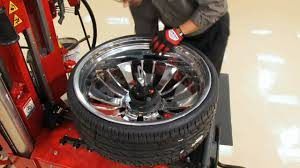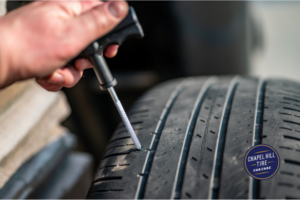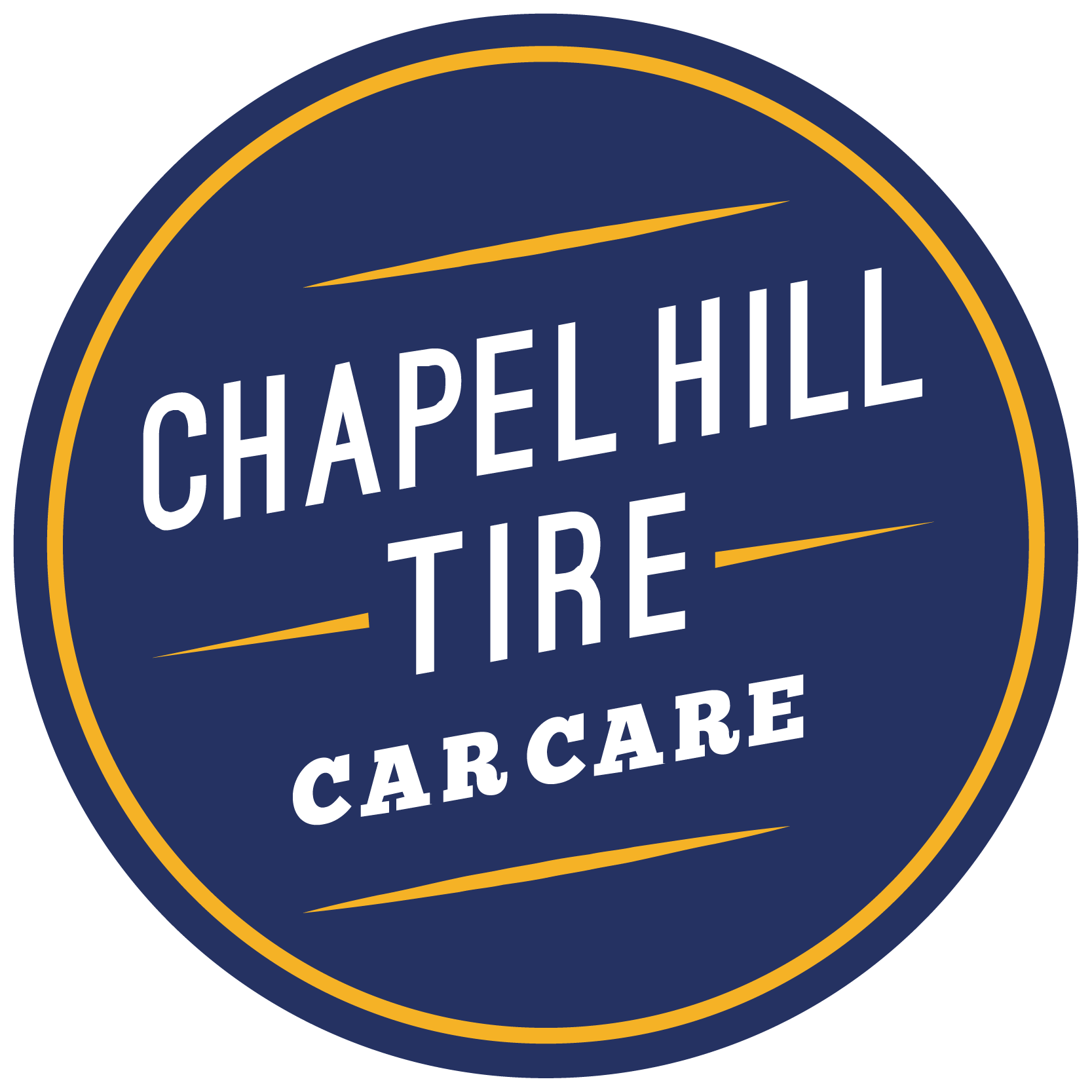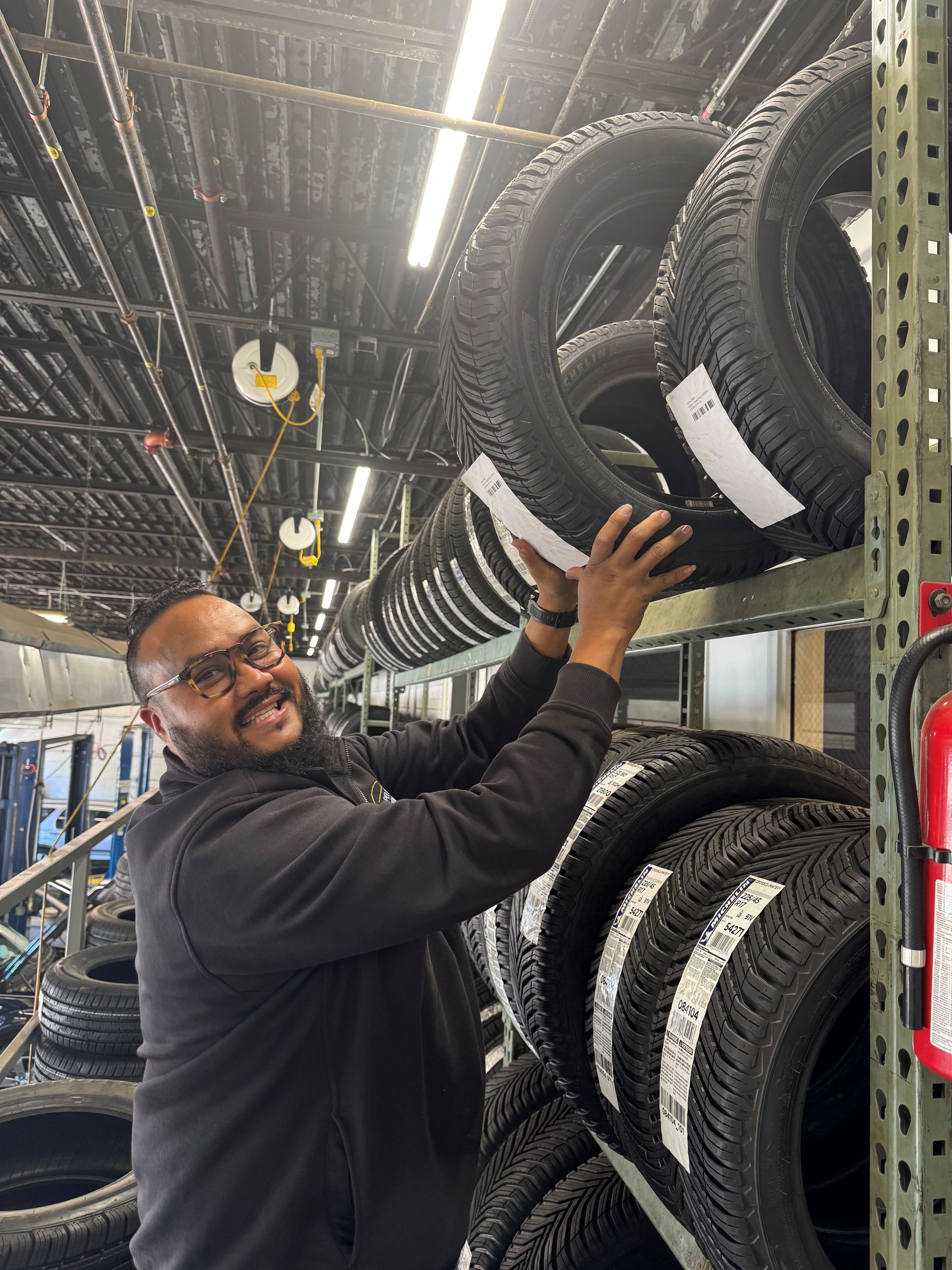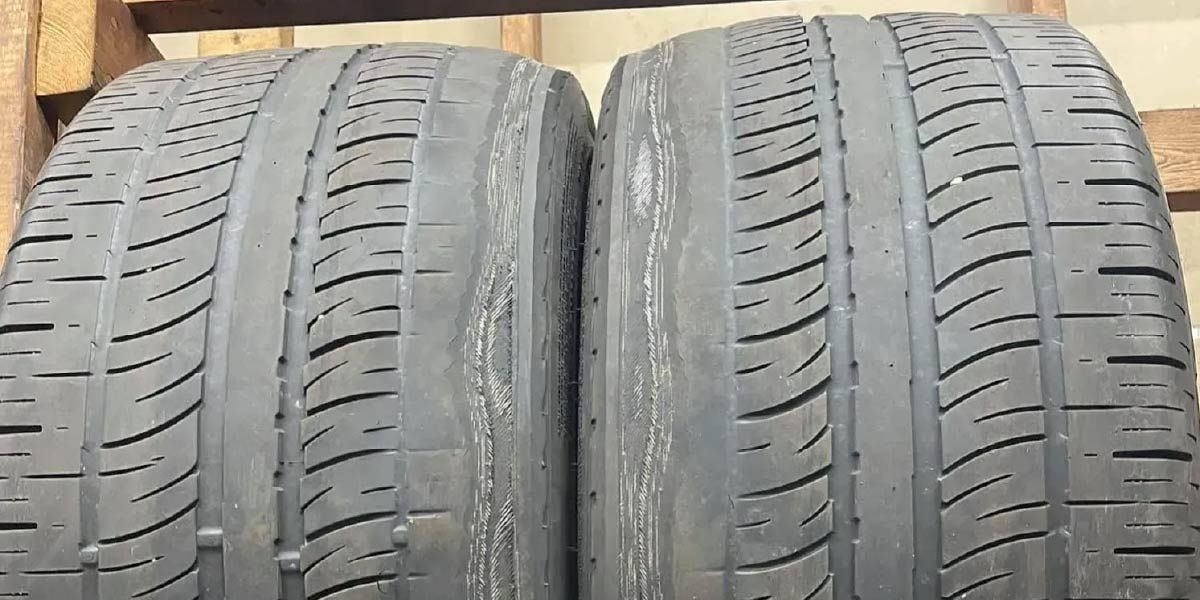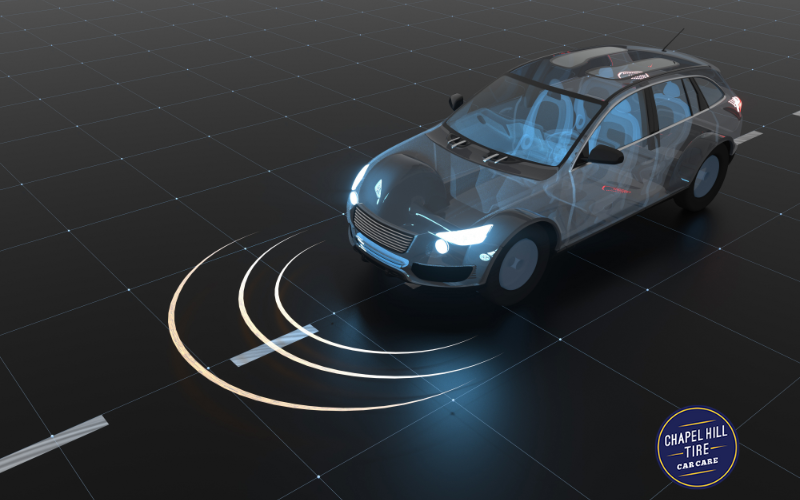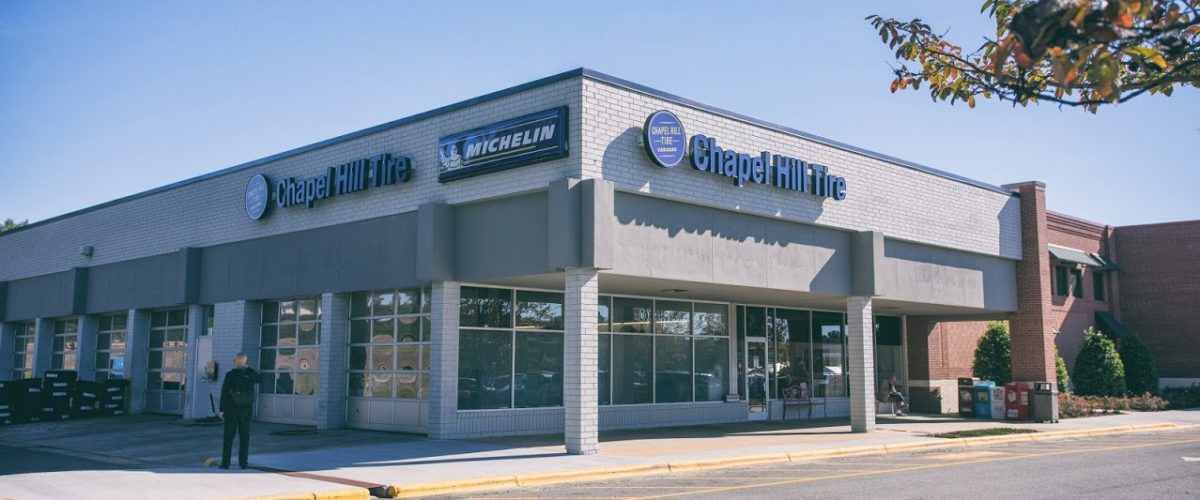What Does TPMS Mean? A Guide to Your Tire Pressure Monitoring System
Auto Shops Located in: Chapel Hill, Durham, Taleigh, Apex, and Cary North Carolina
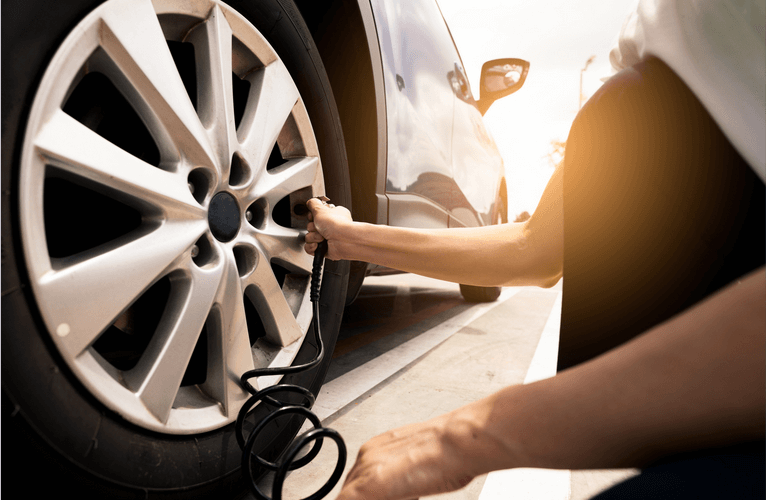
While you’re driving, your tires shouldn’t be over or under-inflated, as both cause your tires to wear down faster and raise your risk of a blowout. In an attempt to make vehicles safer and reduce the risk of under or over-inflated tires, the National Highway Traffic Safety Administration established the Federal Motor Vehicle Safety Standard 138. This standard mandated that every passenger vehicle produced after September 2007 have a tire pressure monitoring system (TPMS).
Though TPMSs are now mandatory in passenger vehicles, many drivers still don’t know what they do, which makes it more likely they drive on a set of underinflated tires. Since these systems play a crucial safety role in vehicles, drivers should know what they are and how to spot signs that their TMPS is malfunctioning.
What Does TPMS Mean on a Car?
A TPMS refers to tire pressure sensors that monitor your tires’ pressure to make sure the pressure doesn’t drop below your vehicle’s recommended levels (typically, 32 to 35 psi). If the sensors detect your tire’s pressure is too low or high, it will display a warning light on your vehicle’s dashboard. Most TPMSs will display a warning light when the tire pressure is 25% below or above the recommended level. This warning light will stay on until the tire pressure is restored to recommended levels.
What Does a TPMS Warning Light Look Like?
Typically, a vehicle’s TPMS warning light will appear on the dashboard and look like an exclamation point in the center of a horseshoe. However, some vehicles will also display text on the dashboard that says “Low Tire Pressure.” If you notice either of these warnings, your TPMS will have detected that at least one of your tires doesn’t have enough pressure. Cars with more advanced dashboards might even display your vehicles’ tires with the PSI listed beside them to show you which tire needs to be refilled with air.
What Should You Do If Your TPMS Warning Light Comes On?
When you start your vehicle, it’s perfectly normal for the TPMS light to come on with other warning lights and turn off after a minute or so. However, if the light continues to stay on after the other lights turn off, you likely have a tire pressure issue.
You should check your tires’ PSI as soon as possible after the warning light comes on. After checking your tires with a tire pressure gauge and finding which ones have too much or too little pressure, you should take your vehicle to a gas station with an air pump if you don’t have a pump at home. Use the pump to fill your vehicle’s tires to the right level. After you’re done, your TPMS warning light should turn off.
Signs Your TPMS Is Malfunctioning
At times, a TPMS can malfunction, raising the risk you don’t notice that you’re driving on a set of under or over-inflated tires. As you try to prevent excess wear on your tires and reduce your risk of a blowout, you should know the following main signs of a malfunctioning TPMS:
- A flashing TPMS warning light: If your TPMS starts flashing, it’s a sign that at least one of your TPMS’s sensors is failing. Solving this issue involves repairing or replacing the failing sensor.
- Inaccurate tire pressure readings: Even though TPMSs are standard in vehicles, you should still check your tire pressure at least once a month. If you discover your tire pressure is too high or low, but the TPMS warning light hasn’t come on, your TPMS needs to be inspected. Additionally, if you have a vehicle that displays the PSI of each tire on your dashboard, you can compare its readings to your tire pressure gauge’s measurements to determine how accurate the TPMS is.
- A TPMS warning light that won’t reset: If you know your tires’ pressure is correct but the TPMS warning light won’t let you reset it, it could be due to a TPMS malfunction. Before you take your vehicle in for an inspection, make sure you’ve followed the instructions in your owner’s manual to properly reset the light. Once you’ve followed your manual’s instructions and the light still won’t reset, it’s time for a professional to inspect your TPMS.
What Should I Do If My TPMS Is Malfunctioning?
If your TPMS is showing signs that it’s malfunctioning, you should take your vehicle to a mechanic for an inspection. The mechanic should be able to determine if the TPMS is malfunctioning, repair it, and get you back on the road.
Choose Chapel Hill Tire for TPMS Repairs in the Triangle
If you’re looking for TPMS repair services in Raleigh, Durham, Chapel Hill, Apex, or the surrounding Triangle area, turn to Chapel Hill Tire. Whether you think your TPMS is malfunctioning or you need assistance refilling the pressure in your tires, our team can help. After we inspect your vehicle and discuss our results with you, our mechanics will quickly solve your TPMS issue. We can also help you find and install a new set of tires if your old tires are consistently losing air due to a puncture or other damage.
Learn more about our automotive repair services today. If you need a TPMS repair or any other automotive service, please make an appointment at one of our convenient locations in the Triangle area. We also recommend checking out our coupons to see how much you can save!
We’ve got all your automotive repair needs covered.


